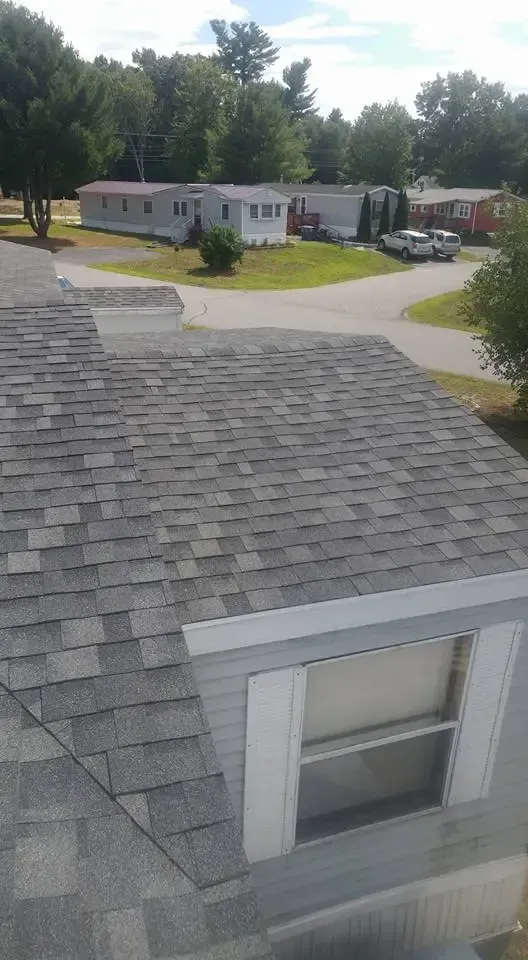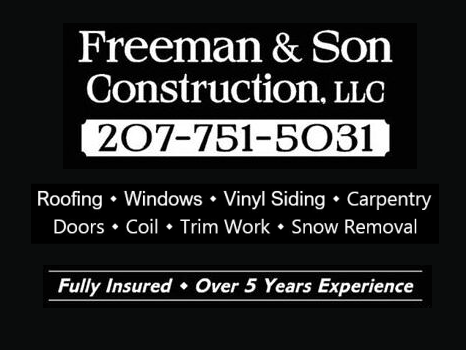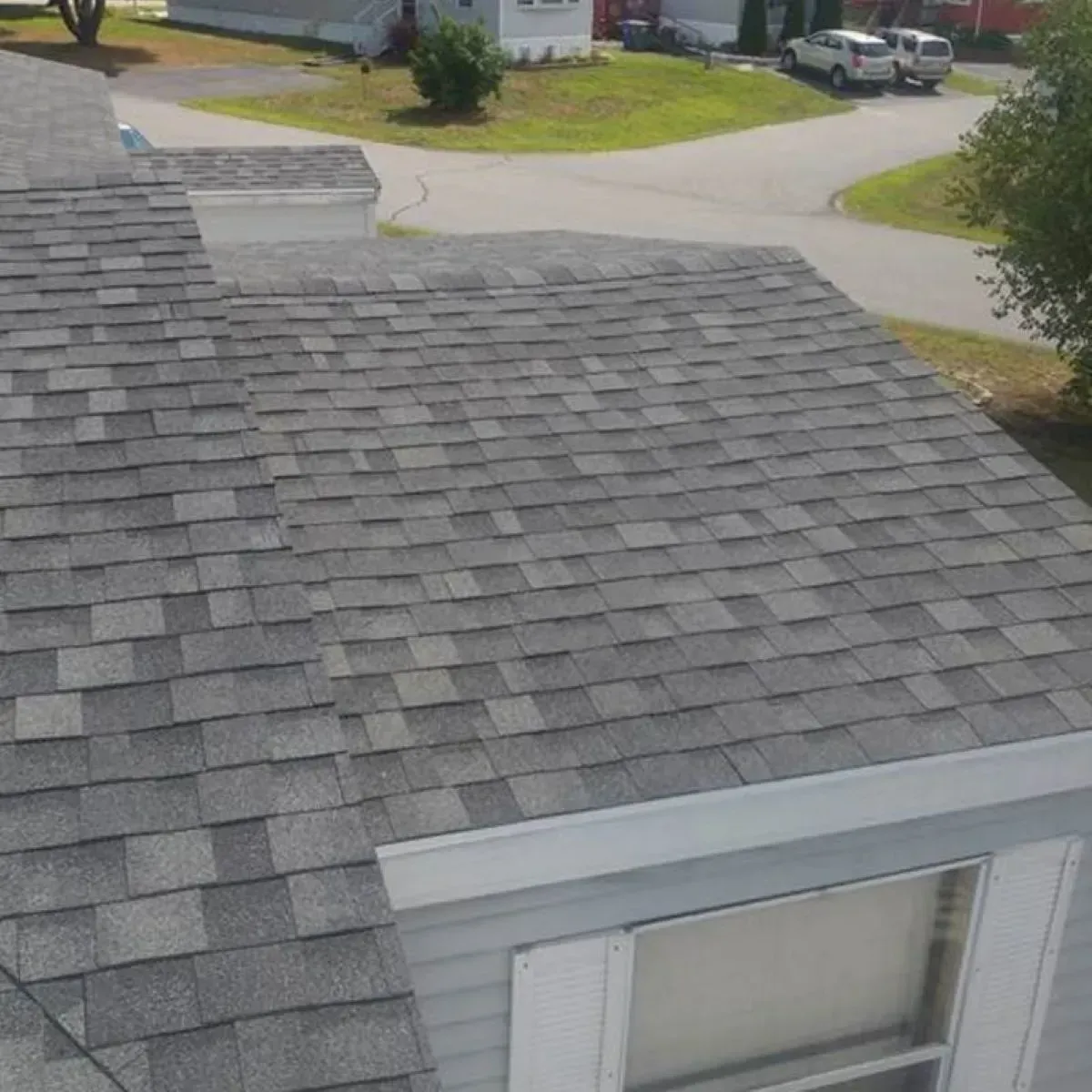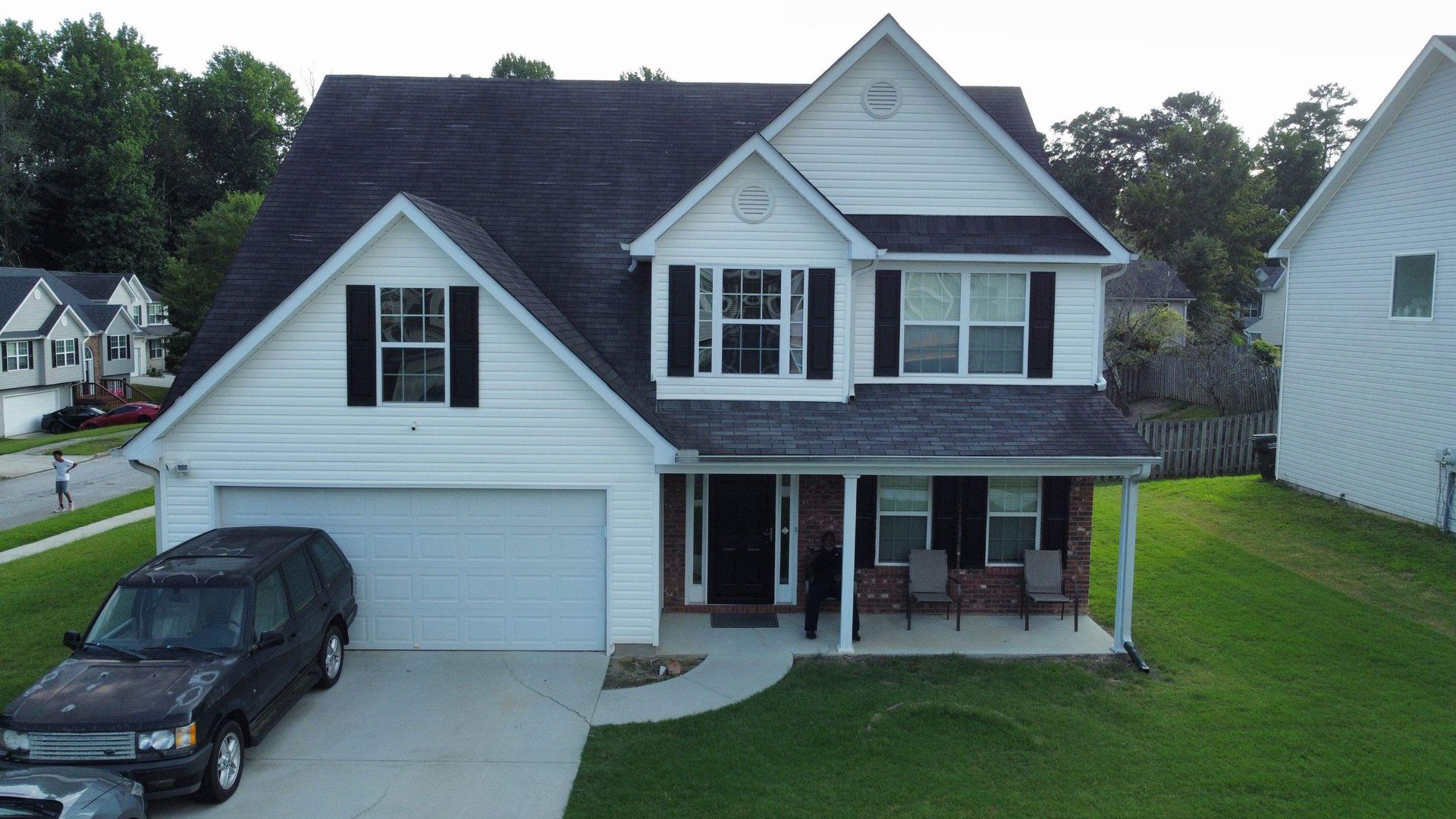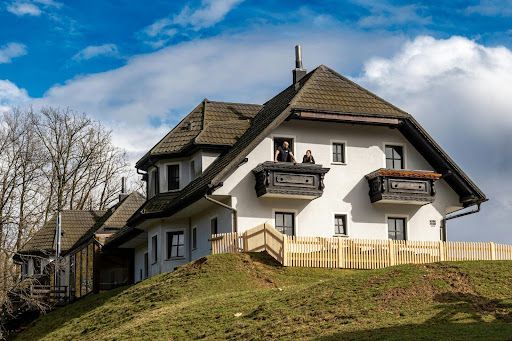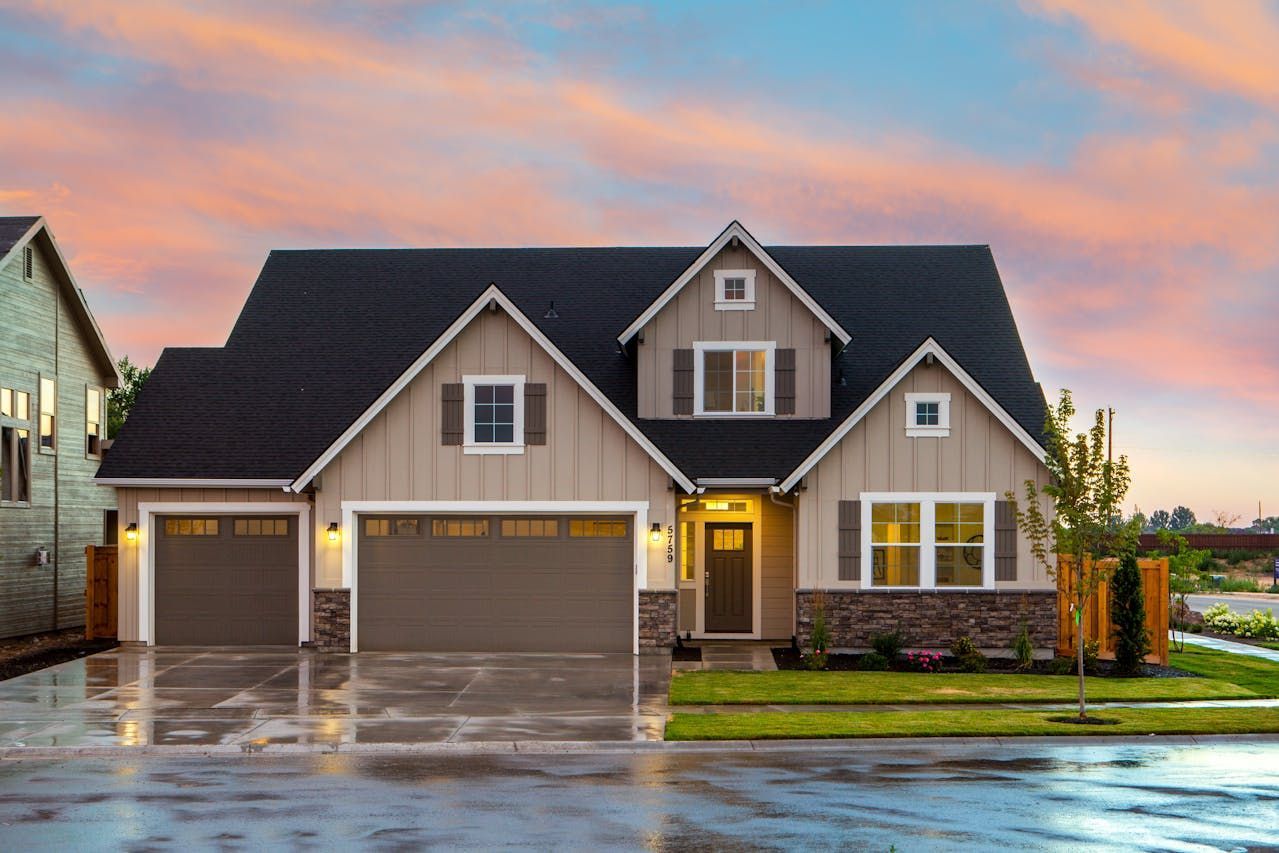Common Roofing Myths Debunked
Understanding the truth behind these common misconceptions helps homeowners protect their investment and make informed choices about their property.
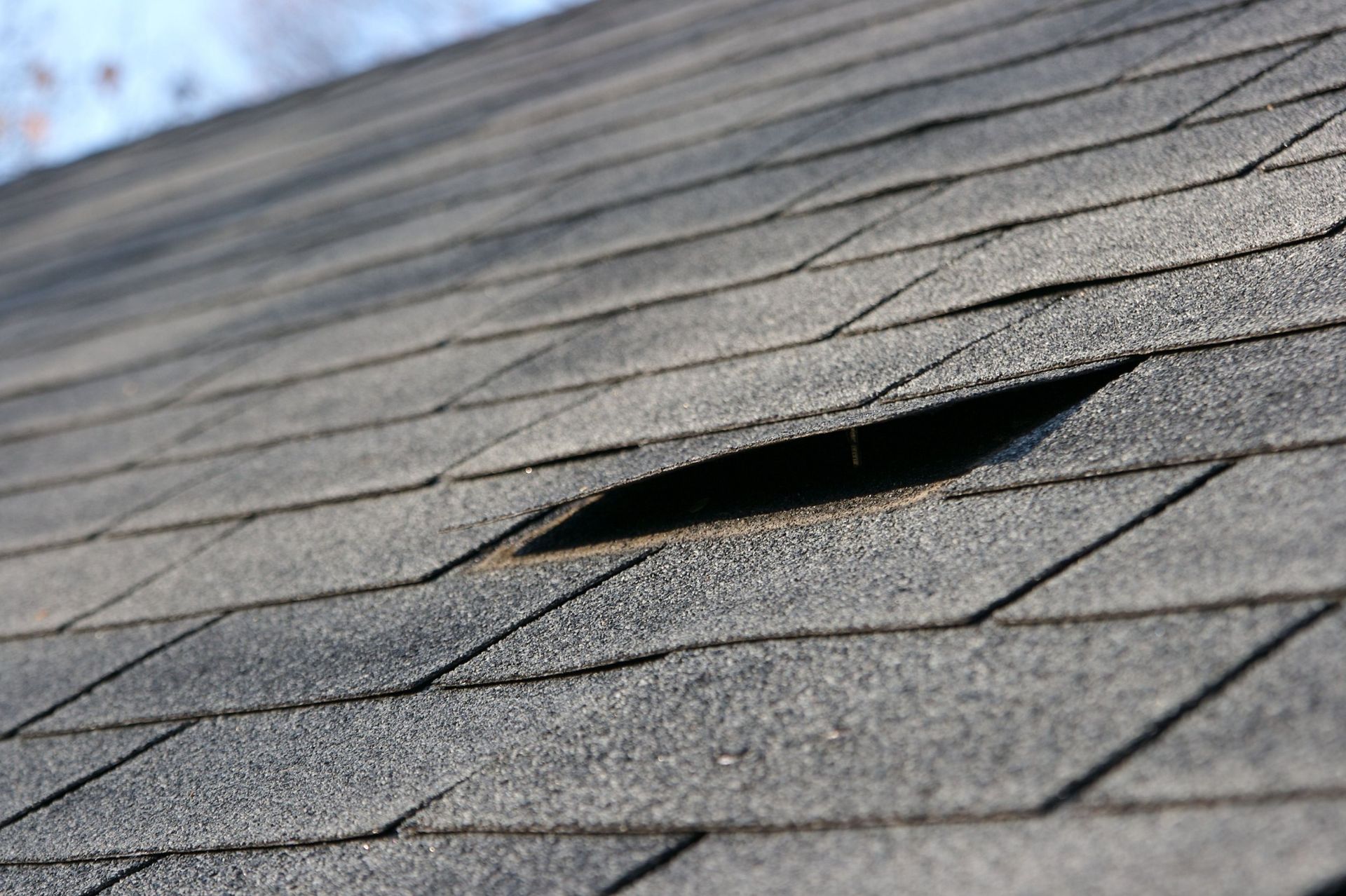
When it comes to roofing, misinformation can cost homeowners both time and money. Myths about materials, maintenance, and installation often lead people to delay necessary repairs or make poor decisions during roof replacement.
A New Roof Doesn’t Need Maintenance
Many believe that once a new roof is installed, it requires no further attention for years. In reality, even the most durable roofing systems benefit from routine maintenance. Leaves, debris, and weather changes can affect the roof’s integrity over time. Regular inspections can catch minor issues, like cracked flashing or loose shingles, before they escalate into costly repairs.
All Roofing Materials Perform the Same
Not all shingles or roofing materials are created equal. Some homeowners assume that a cheaper material will offer the same protection as premium products. High-quality materials like
architectural asphalt shingles or standing seam metal roofing provide superior durability, energy efficiency, and lifespan. Material choice significantly affects long-term performance and maintenance needs, so it’s essential to understand the differences before choosing.
Dark Shingles Cause Higher Energy Bills
It’s a common belief that dark-colored shingles absorb more heat and therefore raise indoor temperatures and energy bills. While dark colors do absorb more sunlight, a well-ventilated and properly insulated attic mitigates most of that heat transfer. Reflective shingle technology also helps reduce heat absorption, regardless of color.
Roofing Work Can Only Happen in Warm Weather
Homeowners sometimes wait months to fix a roofing problem, believing repairs or replacements can only happen in warm, dry weather. However, roofing professionals work throughout the year, using specialized materials and tools designed for cold or wet conditions. While certain weather conditions might slightly affect scheduling, modern techniques allow roofing projects to proceed efficiently in most seasons.
A Small Leak Isn’t Urgent
A minor leak might seem harmless, especially if it doesn’t appear to cause immediate damage. However, water infiltration can silently rot roof decking, insulation, and even interior drywall. Mold and mildew can form quickly, and structural damage may go unnoticed until it becomes severe. Prompt repair of any leaks, no matter how small, helps avoid major issues and keeps the home safe and dry.
Roofing Warranties Cover Everything
Some homeowners assume their roofing warranty covers all types of damage or failure. In fact, most warranties only apply to specific manufacturer defects or installation errors, and only under certain conditions. Damage caused by storms, lack of maintenance, or improper modifications may not be included. Reading and understanding the fine print is key to knowing what protection the warranty truly offers.
Gutters Aren’t Part of the Roofing System
Homeowners often overlook gutters when thinking about their roof. In truth, gutters are a vital component of a complete roofing system. They direct water away from the roofline and foundation, preventing erosion, basement leaks, and siding damage. Neglecting gutter maintenance can lead to water pooling on the roof, increasing the risk of leaks and structural damage.
Flashing Is Just an Accessory
Roof flashing, the thin metal strips around chimneys, vents, and valleys, is sometimes seen as a minor feature. In reality, flashing plays a critical role in waterproofing. Poorly installed or deteriorated flashing is one of the top causes of leaks. It must be installed and maintained properly to ensure the roof remains watertight.
Think your roof may be at risk due to one of these myths? At Freeman & Son Construction, we help homeowners make smart, informed decisions about their roofing needs. Whether it’s an inspection, a repair, or a complete replacement, we’re here to provide reliable, expert service. Contact us today to schedule a consultation and protect your home with confidence.
